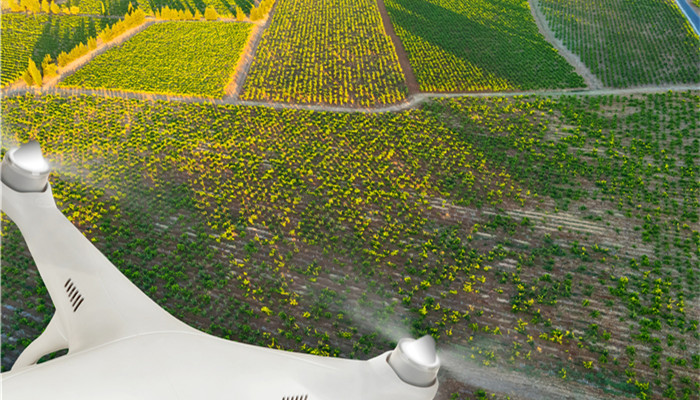
Local glyphosate companies continue to upgrade their technologies and industry concentration continues to increase
Glyphosate, also known as glyphosate and glyphosate, refers to a systemic conductive broad-spectrum biocidal organophosphorus herbicide. Currently, the main varieties of biocidal herbicides on the market include glyphosate, metosulfuron-methyl, glufosinate-ammonium, etc. Compared with other herbicides, glyphosate has high safety, long duration of effect, low residue, and is beneficial to water and soil. It is widely used in scenarios such as genetically modified corn, soybeans, cotton, orchards, tea gardens, and mulberry gardens.
Currently, there are two main methods of producing glyphosate: the glycine method and the iminodiacetic acid (IDA) method. Among them, the glycine method has been used in my country for a long time and the technology is relatively mature. It is the main method for domestic production of glyphosate. However, the glycine method is highly polluting to the environment. In the future, as environmental protection efforts continue to increase, the hydrocyanic acid-IDA method, which is less polluting and has a higher yield, is expected to completely replace the glycine method as the main production method of glyphosate.
Glyphosate is currently the most widely used new organophosphorus herbicide. In recent years, with the country’s strong support for genetically modified crop research and the continuous upgrading of glyphosate production technology, the market demand for glyphosate has continued to increase. However, as the country’s environmental protection efforts continue to increase and environmental protection inspection activities continue to be carried out, the number of glyphosate companies in my country continues to decrease, and their production capacity also continues to decline. According to released by the Industrial Research Center The “2022-2026 Glyphosate Industry In-depth Market Research and Investment Strategy Suggestion Report” shows that domestic glyphosate production capacity in 2021 will be approximately 725,000 tons.
While the number of domestic companies continues to decrease, the concentration of the glyphosate industry continues to increase and the capacity utilization rate continues to rise. In 2021, the domestic glyphosate capacity utilization rate will be close to 85%. In May 2022, the “Notice on Strengthening Pesticide Supervision and Inspection” issued by the state proposed to increase the daily supervision, inspection and guidance of pesticide production, operation, use, registration testing and other entities to ensure that pesticide risk prevention responsibilities are implemented . In the future, under the background of increasing policy supervision, the concentration of my country’s glyphosate industry is expected to continue to rise, and the industry has broad prospects for development.
From the perspective of market structure, the current domestic glyphosate companies mainly include Xingfa Group, Hebang Pesticide, Xuchang Dongfang, Guangxin Chemical, Xin’an Chemical, Fuhua Tongda, Jiangshan Co., Ltd., etc. Among them, Xingfa Group is currently the company with the largest share of domestic glyphosate production capacity. In 2021, its production capacity will account for 25% of the total domestic glyphosate production capacity; followed by Fuhua Tongda, with a production capacity share of 22%; Xin’an Chemical’s production capacity It ranks third at 11%. The three companies together account for 68% of the total domestic glyphosate production capacity.
Industry Analysts personnel said that the current glyphosate production methods of the three leading companies are mainly the glycine method, while Jiangshan Co., Ltd., Hebang Pesticides, Good Harvest Wayne, Yangnong Chemical and other companies have implemented the production of glyphosate using the IDA method. In the future, as the leading domestic glyphosate companies continue to upgrade their technologies, their production capacity is expected to continue to expand, which in turn will drive the domestic total production capacity to stop falling and rebound, and the industry has broad prospects for development.

 微信扫一扫打赏
微信扫一扫打赏

